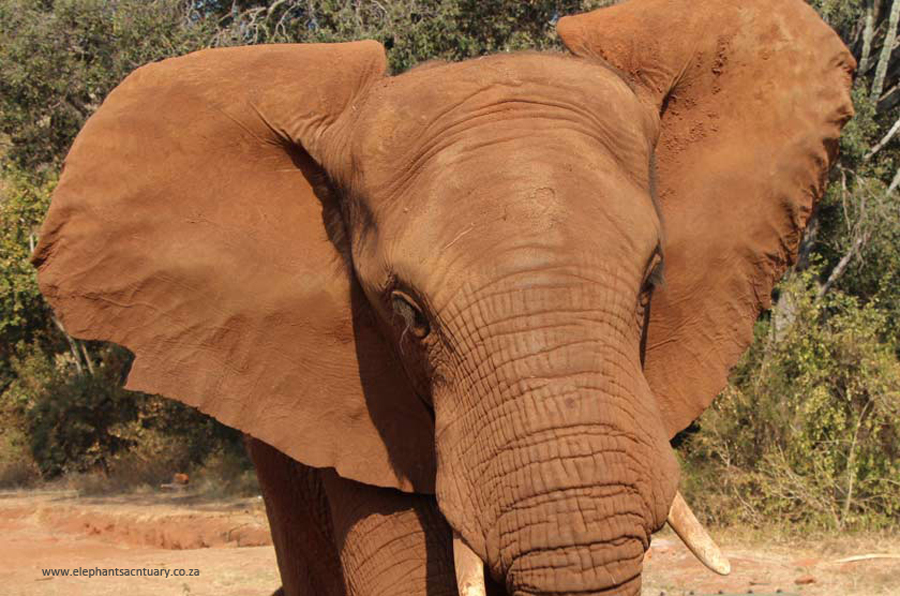
An elephant, being so enormous and with so much bare skin exposed to the sun, it is very difficult to hide under trees. Fortunately, evolution has played its part over the years by making their ears larger. Elephants do have great hearing, though this is not the sole purpose of the ears. As the elephant grows, the size of the ears increases and so does the surface area.
Behind the ears are extremely large blood vessels are close to the surface where the thinner skin helps to release excess heat. Moving the ears back and forth, helps the elephant to cool at a faster rate and then again when the days are cooler and the elephant needs to retain the heat, they will keep their ears can be kept close to their bodies to reduce the loss of heat.
Did you know an elephant skin is so sensitive that it can feel a fly landing on it?
The intricate web of cracks and crevices that gives African elephants their distinctive look is, in fact, an essential adaptation. The millions of micrometer-wide fractures in elephants’ skin retain mud and water after mud baths, helping the animals stay hydrated between trips to the water hole. Evaporation from the mud and water also aids temperature regulation—vital because elephants, unlike many mammals, don’t sweat.
How the crevices develop has long been a mystery, but scientists may have solved it. Research suggests that fractures form when the growth of new skin puts stress on the brittle, outermost skin layer. The findings offer fresh insights into how elephants beat the heat.



